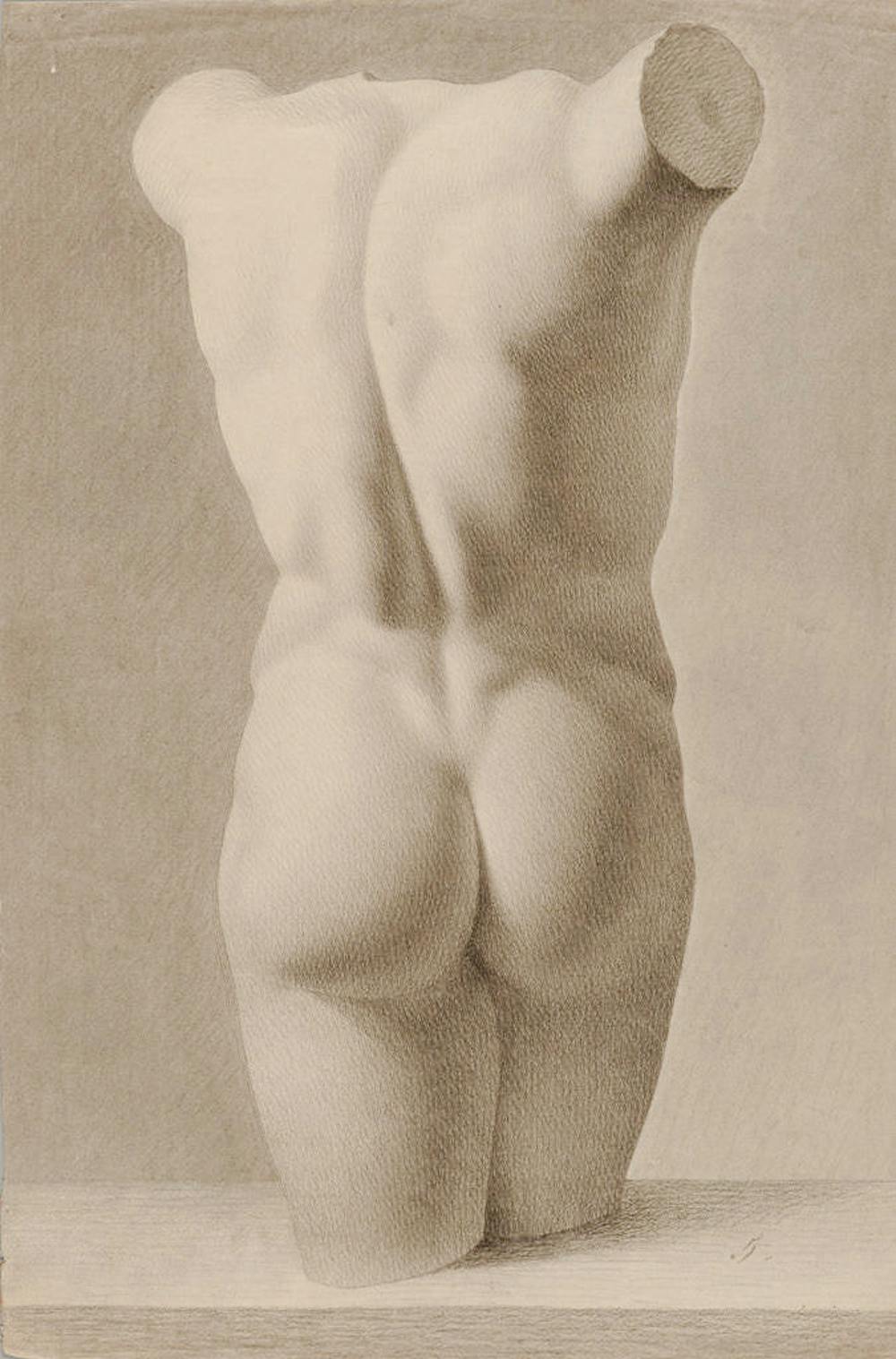After several pandemic-related delays, the Rhode Island School of Design Museum of Art unveiled “Drawing Closer” to the public. The show opened March 13 and will remain on view until Sept. 4.
“Drawing Closer” pays “special attention to the materials” and their relationship with traditional “purposes of drawing, including observation, invention, preparation and amusement,” according to the RISD Museum press release.
When asked about assembling the exhibit, curator Jamie Gabbarelli provided a glimpse into the laborious process, which took two years to complete. Gabbarelli described going “through every box of (European) drawings before 1900,” while exploring the archive.
“I wanted to give a sense of the range of aesthetic and technical possibilities that each medium afforded the artists,” he said.
The exhibit was meant to highlight “the breadth, depth and variety of a living collection,” including works made with pen, chalk, ink wash and watercolor, according to the press release. This variety of media is especially important, Gabbarelli said, because many collections “can seem quite static.”
Gabbarelli said historical art collections often have “biases against certain artists or periods” and that he is interested in “filling historical gaps.”
He chronicled the growing “availability of paper in Europe” while developing the collection. As paper became widely available, drawing became “an intellectual activity” practiced by European artists and thinkers alike, he added.
In a statement on the RISD Museum website, Senior Program Officer at the Getty Foundation Heather MacDonald, emphasized the show's “curatorial experimentation.” MacDonald also oversees grantmaking for Paper Project, the initiative that made the exhibition possible.
Lindsey French, a visitor at the exhibit, said the show encouraged her to “look really closely,” which she said was something she doesn’t normally do.
Funding from the Getty Foundation allowed the RISD Museum to reframe the drawings on simple, neutral art mats. “It was a very deliberate choice to allow people to encounter (the works) in the most neutral way possible,” approaching them “not as fetishized objects from the past, surrounded in elaborate frames that signify some sort of extra importance,” Gabbarelli said.
Objects should “be interesting in their own right,” Gabbarelli said. The show’s non-chronological arrangement intends to prompt “comparisons that would not necessarily be made in a traditional context,” he added.
“I like all the drawings from extremely technical to extremely loose studies,” LeeAnn Herreid, a visitor at the exhibit, said, “and how (the exhibit) approaches a definition of drawing by questioning what defines a work on paper.”
“There’s no fixed narrative — that's why it's both fun and essential that we are doing this because there is potential for reinterpretation,” Gabbarelli said.
By not telling viewers how to look at the drawings, Gabbarelli said the show seeks to provide viewers with “tools to start looking at drawings in an independent way.” The exhibit also provides magnifying glasses throughout the gallery, allowing viewers to immerse themselves in the drawings’ intricate details.
“I would like this to be sort of like an introduction, not to a history or to a narrative, but an introduction to looking,” Gabbarelli said.
Referencing the museum’s connection with RISD faculty, staff and students, Gabbarelli said that the selected drawings reflect elements “formed for an art school” because they document the ways artists thought about the material while “figuring out ways to make something.”
Gabbarelli referenced Carle van Loo’s “Male Nude Looking Upwards” as an observational drawing made with the purpose of “teaching art.” Gabbarelli said that the red chalk study, meant to train French artists in the 18th century, makes the museum “not an archive,” but rather a collection that comes to life in the context of teaching.
Reflecting on what he hopes viewers take away from the exhibit, Gabbarelli concluded that he wanted to bring everything “back to the basics” to present drawings as an “amazing reflection of human creativity.”





